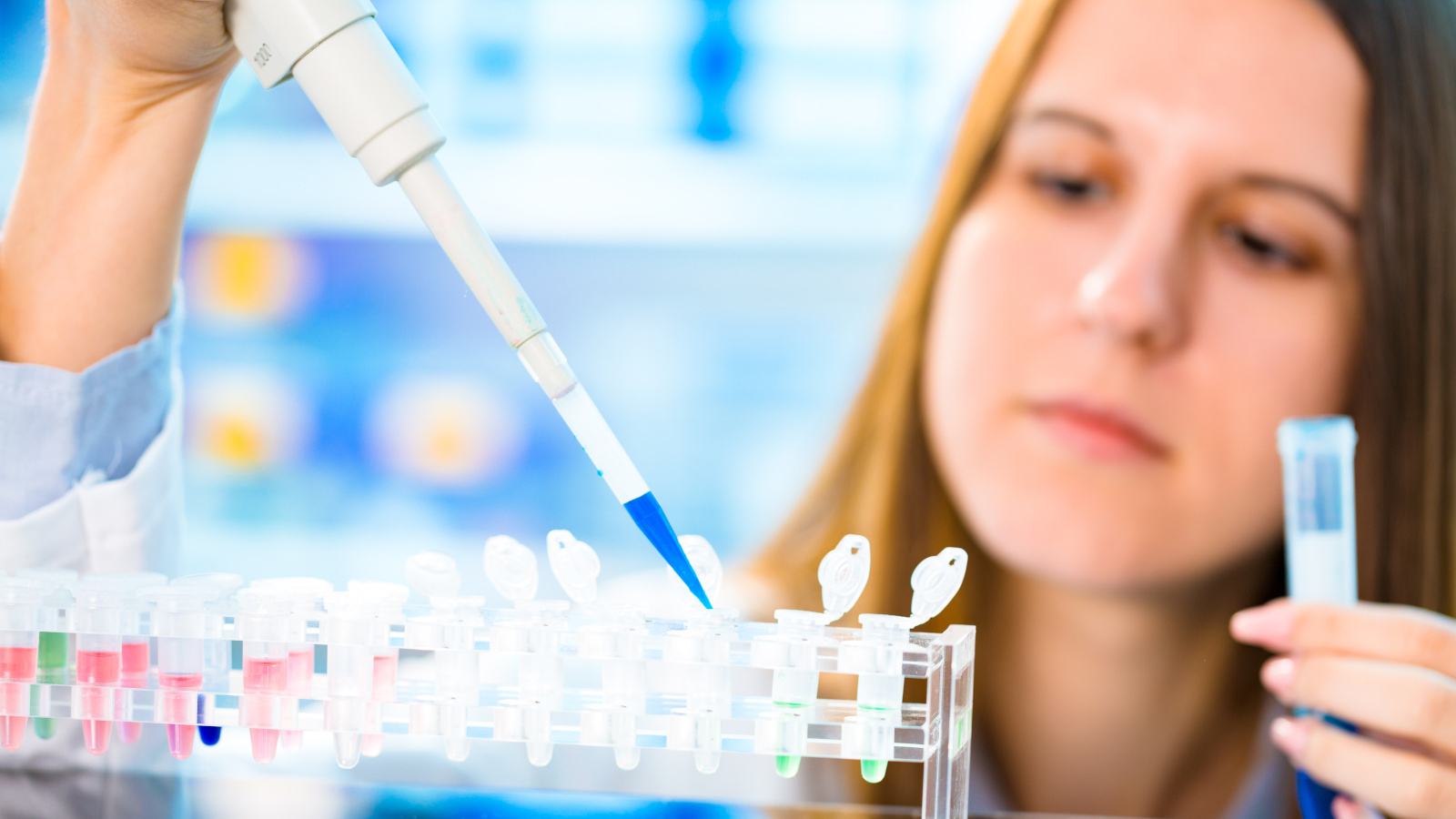
A team from the University of Illinois Urbana-Champaign's Grainger College of Engineering and Mayo Clinic have created a new technique for creating "microcancer" cell cultures, according to Newswire.
The new method enables researchers to create hundreds of microcancers in a high-throughput format using a small, microfabricated chip, enabling direct measurements of cell health or drug response. It also allows researchers to monitor the shape of the culture using capillary forces, resulting in cultures that more closely mimic the three-dimensional geometry of in-vivo cells.
"The tumors in these cell cultures have to match when compared to the source tissue," Anurup Ganguli, the first author on the study and current research scientist in the Holonyak Micro and Nanotechnology Laboratory, reported. "The technique we have developed works even when there is very little tissue in a biopsy and would allow physicians to test many drug treatments against an individual patient's cancer quickly and decrease the time for deciding on what therapy to use."
The microenvironment of a cancerous tumor, which is the region where cancerous cells interact with healthy tissue through physical contact or the exchange of extracellular signals, reportedly has a major impact on how a tumor grows and reacts to cancer-fighting medications.
A critical step in cancer treatment is reproducing those cells in a culture that can be imaged and studied. Ideally, that culture takes a very small sample of a patient's tumor and produces an array of hundreds to thousands of tiny, uniform tumors -- microcancers just a few hundred micrometers in diameter.
In a Science Advances study, the team created microchips with circular, square and triangular wells etched into them. These chips are smaller than a quarter and can hold up to 900 square microwells. The surface of the chip becomes hydrophilic after being exposed to oxygen plasma and spinning it in a centrifuge draws a sample of human cancer cells through the length of the well. Finally, the chip is inverted in mineral oil to create inverted hanging drops.
Senior authors of the study also included Professor Andrew Smith from UIUC's Department of Bioengineering and Drs. George Vasmatzis and Farhad Kosari from Mayo Clinic's Center for Individualized Medicine.
Teams at Mayo Clinic and the University of Illinois have been working closely together for more than a decade now.